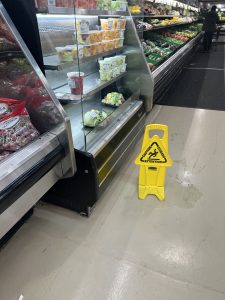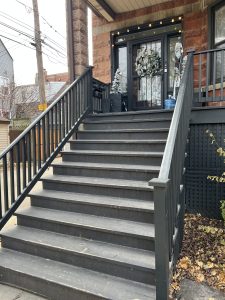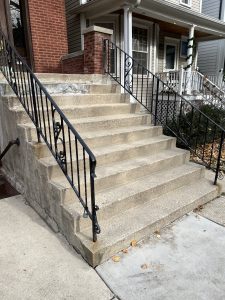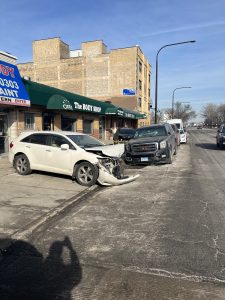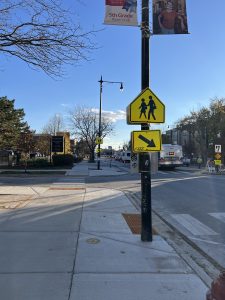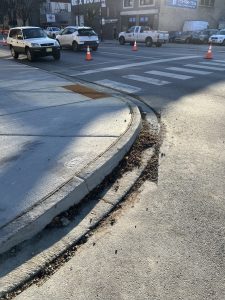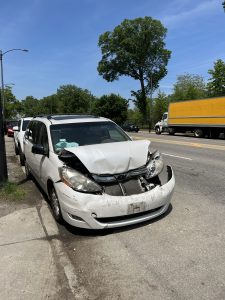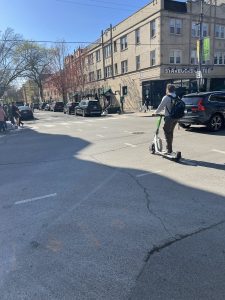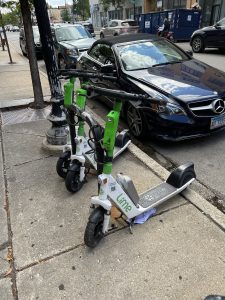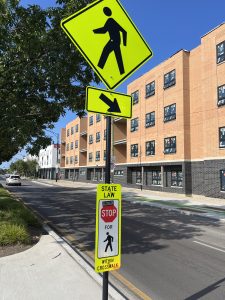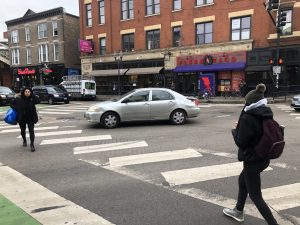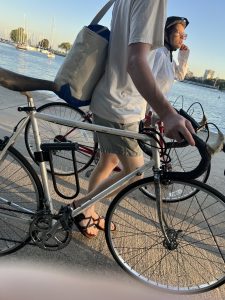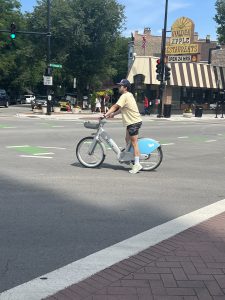
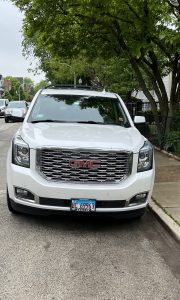
Las leyes de la física se aplican a todo, incluidos los accidentes de vehículos. Cuando un SUV o camión de 5,500 libras choca con un automóvil que pesa 3,300 libras, es de esperar que el automóvil sufra más daños y, en consecuencia, es más probable que el conductor del automóvil resulte herido o fallezca. Los abogados de lesiones automovilísticas de Zneimer & Zneimer P.C. han observado que cuando automóviles más pequeños están involucrados en choques con SUVs grandes o camiones, el automóvil más pequeño sufrirá significativamente más daño. The Economist realizó recientemente un estudio en el que recopiló diez años de datos de accidentes de informes policiales de 14 estados. Sus hallazgos fueron publicados el 7 de septiembre de 2024 en un artículo titulado “Peligrosamente pesados”. Los números son sorprendentes. Para los vehículos más pesados, aquellos que pesan alrededor de 6,800 libras, los conductores de estos vehículos experimentaron 4.1 “muertes en el propio vehículo” por cada 10,000 accidentes, en comparación con 6.6 “muertes en el propio vehículo” para autos que pesan un promedio de 3,500 libras. Sin embargo, estos vehículos más pesados fueron responsables de 37 “muertes en el vehículo contrario” por cada 10,000 accidentes. Entonces, si bien los conductores de los vehículos más pesados estaban ligeramente más seguros, el resto de nosotros en autos corríamos un riesgo sustancialmente mayor de sufrir lesiones o muerte. The Economist observa, basándose en estos datos, que “por cada vida que los SUVs y camiones más pesados salvan, se pierden más de una docena de vidas en otros vehículos”. Para los vehículos en el 10% superior de peso, que pesan al menos 5,000 libras, la tasa de mortalidad fue de 26 muertes por cada 10,000 accidentes. El conductor del SUV o camión experimentó 5.9 de estas muertes por cada 10,000 accidentes, mientras que el desafortunado vehículo contrario experimentó 20.2 muertes por cada 10,000 accidentes. Para la siguiente categoría, de vehículos que pesan entre 5,000 y 4,500 libras, la distribución fue de 5.4 muertes del conductor del SUV o camión por cada 10,000 accidentes y una tasa de mortalidad de 10.3 muertes por cada 10,000 accidentes para el vehículo contrario. Lo que las estadísticas dejan en claro es que el peso mata. Además, también es evidente que el peso de los vehículos más pesados se puede reducir sustancialmente con solo un impacto mínimo en la seguridad del conductor del SUV o camión, mientras se salvan muchas más vidas de personas que conducen vehículos de peso promedio.
Dadas estas estadísticas tan contundentes, uno pensaría que se prestaría más atención a este problema de seguridad. Sin embargo, los abogados de lesiones de Zneimer y Zneimer, P.C. señalan que los automóviles estadounidenses solo están aumentando de peso, creando un ambiente de carrera armamentista en el que los conductores estadounidenses necesitan comprar vehículos cada vez más pesados solo para estar seguros de otros conductores. El automóvil nuevo promedio en Estados Unidos ahora pesa 4,400 libras, mientras que el automóvil promedio europeo pesa 3,200 libras y el automóvil promedio japonés pesa 2,600 libras. Una solución sería imponer un fuerte recargo a los vehículos más pesados. Antes de que una idea así pueda ganar tracción, sin embargo, es necesario que las personas sean más conscientes de los peligros que representan los SUVs y camiones más pesados en las carreteras.
Publicado en: Accidentes automovilísticos y Accidentes de camiones
